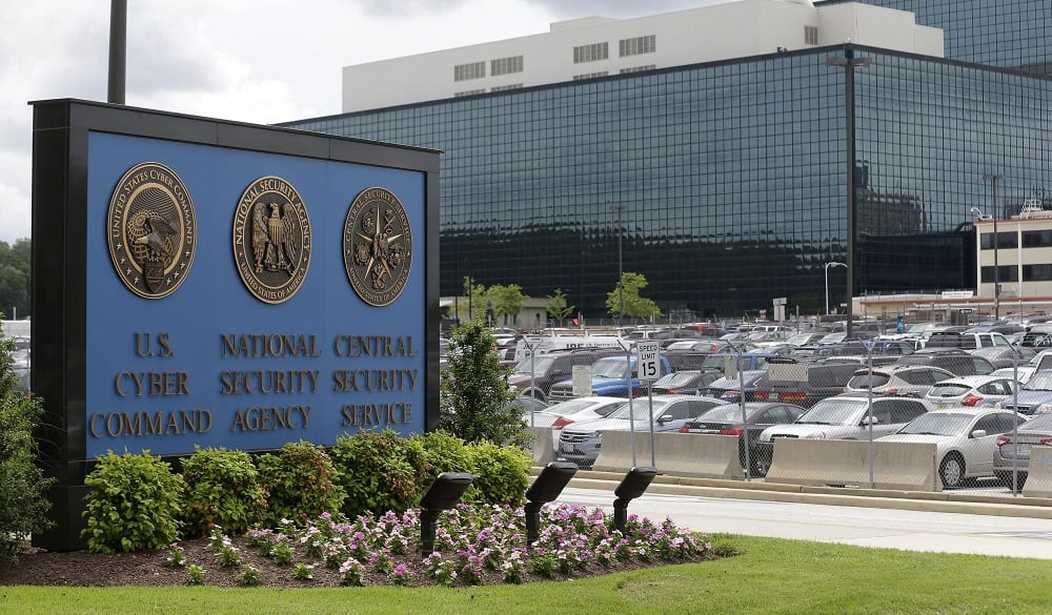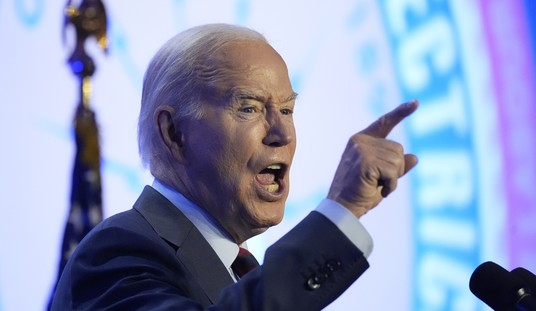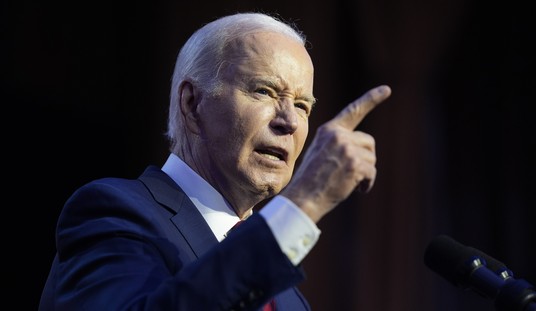Over at Circa, there is a piece that is a must-read if you are interested in understanding the debate over “unmasking” the identities of US persons caught up in NSA surveillance. These might be persons who were “incidentally” captured during surveillance of a foreign target or they could be American citizens whose names are mentioned in a communication between an intelligence target and another person.
The U.S. government’s foreign surveillance sweeps up American lawmakers and their staffers so routinely now that Congress is alerted as often as once a month that its employees involved in intercepted conversations have been unmasked and their identities shared with intelligence or law enforcement agencies, Circa has learned.
The so-called Gates notifications — named for former CIA Director Robert Gates — go to the Gang of Eight leadership team in Congress.
The Gang of Eight includes the House speaker and minority leader, the Senate Republican and Democratic leaders and the bipartisan heads of both chambers’ intelligence committees.
Often though, the affected lawmakers or congressional aides aren’t told about the unmasking, unless it involves a security or hacking threat. So some affected lawmakers may not know about their appearance in unredacted executive branch intelligence reports, according to intelligence community sources, who spoke only on condition of anonymity.
Keep in mind that this does not reflect the number of times members of Congress and staff have been under some sort of surveillance, merely the frequency with which their names have been unmasked.
Last night Catherine Herridge provided some more detail on this:
The Office for the Director of National Intelligence, which oversees the 17 intelligence agencies, said “…in 2015, NSA disseminated 4,290 FAA Section 702 intelligence reports that included U.S. person information. Of those 4,290 reports, the U.S. person information was masked in 3,168 reports and unmasked in 1,122 reports.”
The report said “NSA is allowed to unmask the identity for the specific requesting recipient only under certain conditions and where specific additional controls are in place” and those conditions were met for “654 U.S. person identities” in 2015.
That means Americans were identified in 26 percent of the cases, or roughly one in four intelligence reports.
Contrary to what some have claimed, there really is no check on unmasking.
The unmasking of an American who was intercepted communicating with a foreign power overseas or mentioned in the conversations of two intercepted foreigners generally can only occur if there is an imminent security or criminal threat — a relatively high threshold — or if the unredacting of the identity makes it easier for intelligence officials to understand foreign intelligence, a much lower threshold.
A senior intelligence source declined to answer questions about those categories but acknowledged the NSA “is collecting and storing so much real-time communication that it incidentally captures Americans of all walks of life. The question of unmasking then comes down to who is requesting and why they need it. Need to know can often be in the eye of the beholder.”
“Rice’s ability to consumed unmasked information on Trump figures shows the threshold sensitivities for political figures can be quite low,” added a second intelligence source.
In essence, all that is needed for Susan Rice to get access to the names of people swept up in what amounts to a cyber vacuum cleaner is to say that she needs the name to better understand the context of the information she is reading. She can then distribute that information gleaned legally, perhaps concerning your health or marital problems or anything you’ve talked to anyone about, widely throughout the government with no greater public policy goal than your personal embarrassment. That is what Rice did to members of Congress who were against the Iran nuclear deal, that’s what she did to Trump transition team members.













Join the conversation as a VIP Member